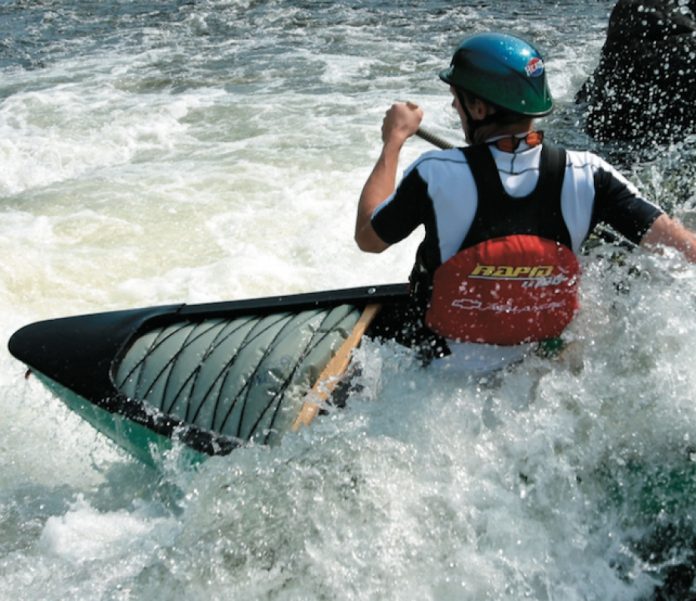There is something about hauling a trailer that changes how people drive. They start to turn a little wider and feel like they deserve a little more than their fair share of the road. It’s perfectly acceptable to grind the odd gear and wear large belt buckles even if you’re only pulling a small trailer loaded with touring kayaks.
Towing your boats to the water offers plenty of advantages over the traditional roof rack method. However, many potential kayak-towing paddlers shy away from trailers. With a better understanding of the advantages, how to hitch and a few driving tips the only thing left holding them back will be the installation of a CB radio, 10-4?
Towing Your Boat
You could re-mortgage your house to invest in a KevlarTM sea kayak but it’s often not the weight of the boat that makes it difficult to transport, it is the height of your roof racks and the fact that the boat extends six feet past your wingspan. Kayak trailers are lower to the ground requiring you to lift the boat only to your waist. You can also easily do one end at a time. Some trailers are designed so you can even back down into the water and float your boat off and on the trailer.
Depending on the size of your parking area around home, trailers add the convenience of being able to leave the boats ready to go at any moment. No more loading boats early in the morning or unloading late on Sunday night. Simply unhook the trailer and go to bed. This convenience could come at a severe cost if you’re not careful. Insurance claims indicate that thieves also enjoy the added convenience of stealing boats pre-loaded twice as much as plucking them from your yard or roof.
To prevent your pride and joy from being a fond memory, store your trailer in the safety of your backyard, in the garage or as out of sight as possible. Run a pad lock through the hitch closure and if possible back this up by chaining the trailer to a large tree. There are various kayak locking devices, none are fool proof but they are more work than cutting a rope.
Now that you don’t have to strongarm your boat onto your roof, your hatches become 250 litre suitcases. You can even pack for a trip in the convenience of your own backyard. Keep an eye on your gear when stopping at the grocery store for last minute items. Plastic automotive zip-ties zipped around the closure buckles work well to deter hatch snoopers from helping themselves. Keep a pair of wire cutters handy, so you can get them off.
Hitching Your Ride
There are few sicker feelings than seeing your trailer full of boats pass you on the highway. Ask around at kayak outfitters, it happens. Where I grew up, ensuring the trailer is properly hitched is the responsibility and pride (or humiliation) of the driver. Get out and check it yourself.
Ensure the tow ball and the coupler share the same size and the ball is secured to the vehicle. Ensure the coupler is fully around the ball, secure the latch and as a back up lock with a cotter pin or pad lock. Safety chains act as a backup in case your hitch lets go. The chains should be crossed to pre- vent the tongue from falling onto the road and so the trailer follows in a straight line. Be sure the safety chains are long enough so they do not come tight when cornering. Other things that will ruin your day are flat tires, bad wheel bearings or a ticket for a blown taillight bulb. Most kayaks extend well past the trailer, check your provincial or state laws to determine when a red flag or rear light is necessary.
When you are loading your boats ensure they are securely tied down and balanced on the trailer. After a change in weather (wet to dry or dry to wet) and at gas and food stops, check your tie-downs to ensure everything is snug before you head back on the road.
Get Your Motor Run’n, Head Out on the Highway
Towing a light utility or kayak trailer doesn’t require a Yosemite Sam tattoo or a Billy Ray Cyrus T-shirt, it’s just a matter of modifying a few driving habits to compensate for the extra load. Although kayaks, even loaded ones, don’t weight all that much, your vehicle’s stopping distance will be less. If you are not careful, you can be pushed into intersections or stuffed into someone’s bumper. The solution is easy, slow down sooner and leave yourself more following distance in traffic.
When you pull out to pass, consider that it will take longer to generate rocket speed and you will have to go further to fit your trailer back in ahead of Grandad. Swerving in and out of traffic Montreal style is contraindicated and could result in trailer swayage (new word) or fishtailing (real word). If swayage occurs, slow down. If it wasn’t aggressive driving that caused it, stop and get out to find the problem. Look for blown tires, hitching problems or an uneven load.
Drivers who tow powerboats and RVs typically add mirror extensions so they can see around their wide load. When towing smaller kayak or utility trailers we often have a different problem. The trailers are so small and narrow we can’t see them at all. Try taping a note to the inside of your sunglasses to remind yourself that you are pulling a trailer.
The cart always has a tighter turning radius than the horse, so you need to lead the turn wider to compensate. There is nothing more humiliating for a truck driver than scrubbing the trailer wheels on the curb—and where there is a curb there are pedestrians. Making wider than normal turns is one of the joys of hauling a trailer and a snap to master. Hog the road not the sidewalk! I’ve saved backing up to the end. The driving experts suggest placing your hand at the bottom of the wheel, then if you want the trailer to go left, move your hand to the left, if you want it to go right move your hand right. This technique works of course but takes some practice, ideally in an area where you can’t damage anything. If all else fails and you can’t possibly back up a trailer don’t let that stop you from trailering your kayaks to the water. A kayak trailer is so light you can simply unhook it and roll it away or as a wise truck driver once told me, don’t drive into any situations you can’t drive out of.
Our editor Scott MacGregor has miles of trailer hauling experience under his belt from the years he worked driving tanker trucks for his folks at their company Scotholme Liquid Transfer.
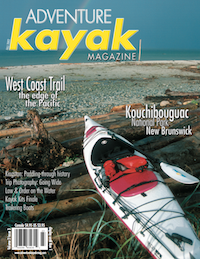 This article first appeared in the Fall 2002 issue of Adventure Kayak Magazine. For more great content, subscribe to Adventure Kayak’s print and digital editions here.
This article first appeared in the Fall 2002 issue of Adventure Kayak Magazine. For more great content, subscribe to Adventure Kayak’s print and digital editions here.



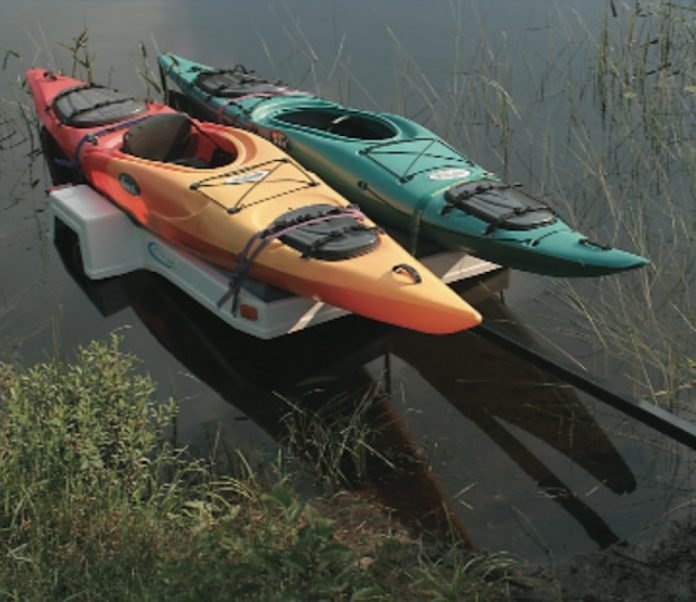
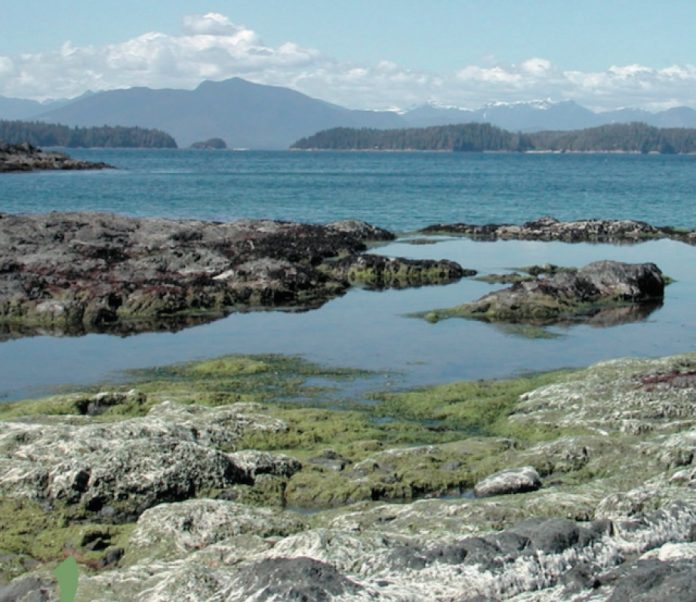
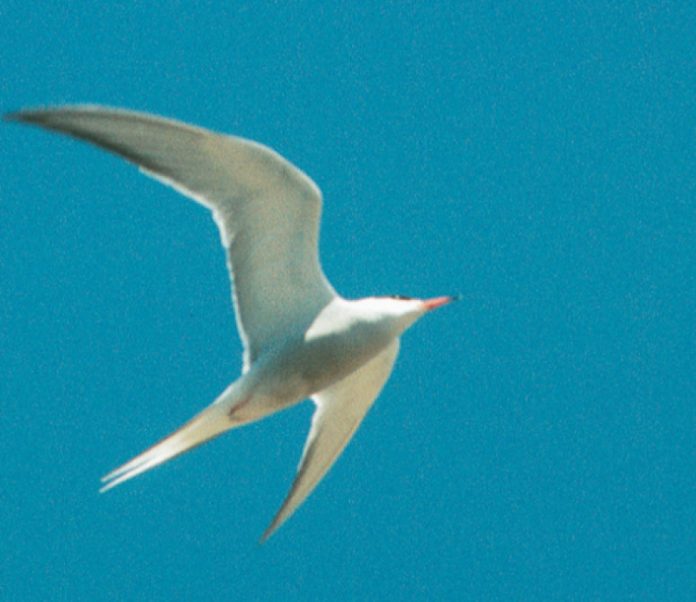
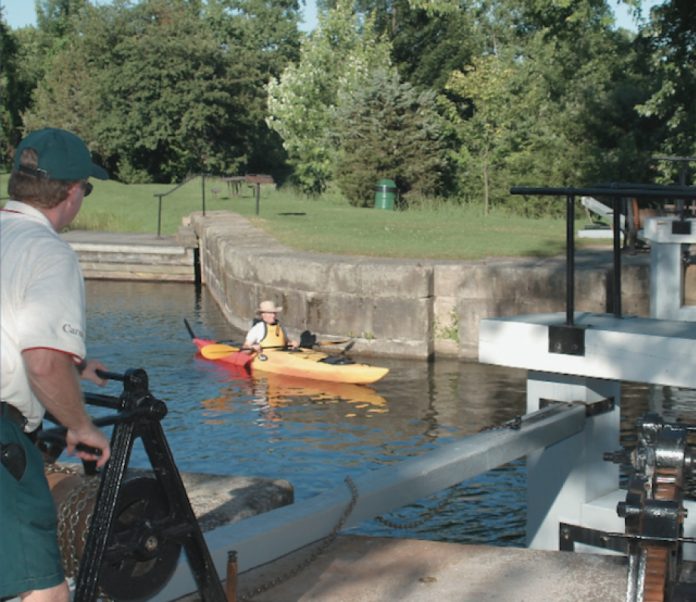


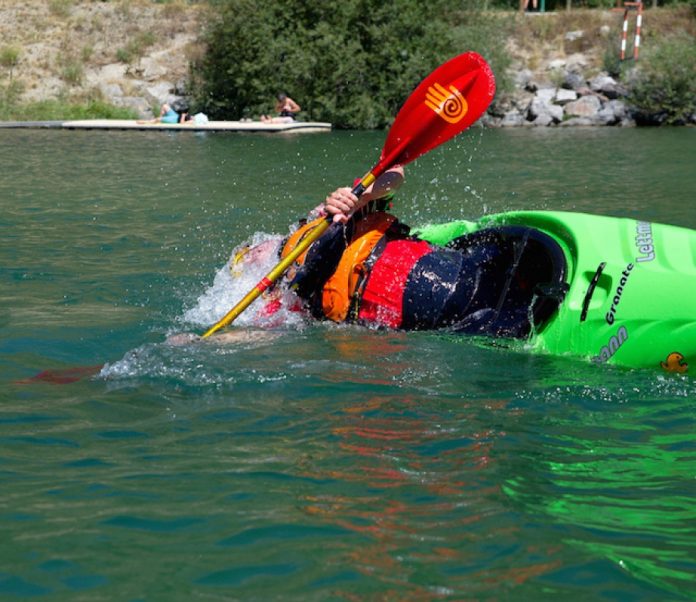

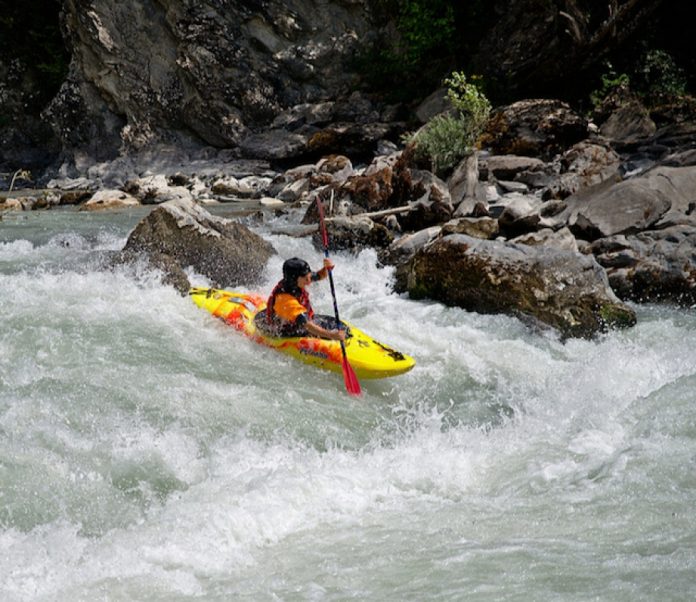
 This article first appeared in the Fall 2002 issue of Rapid Magazine.
This article first appeared in the Fall 2002 issue of Rapid Magazine.